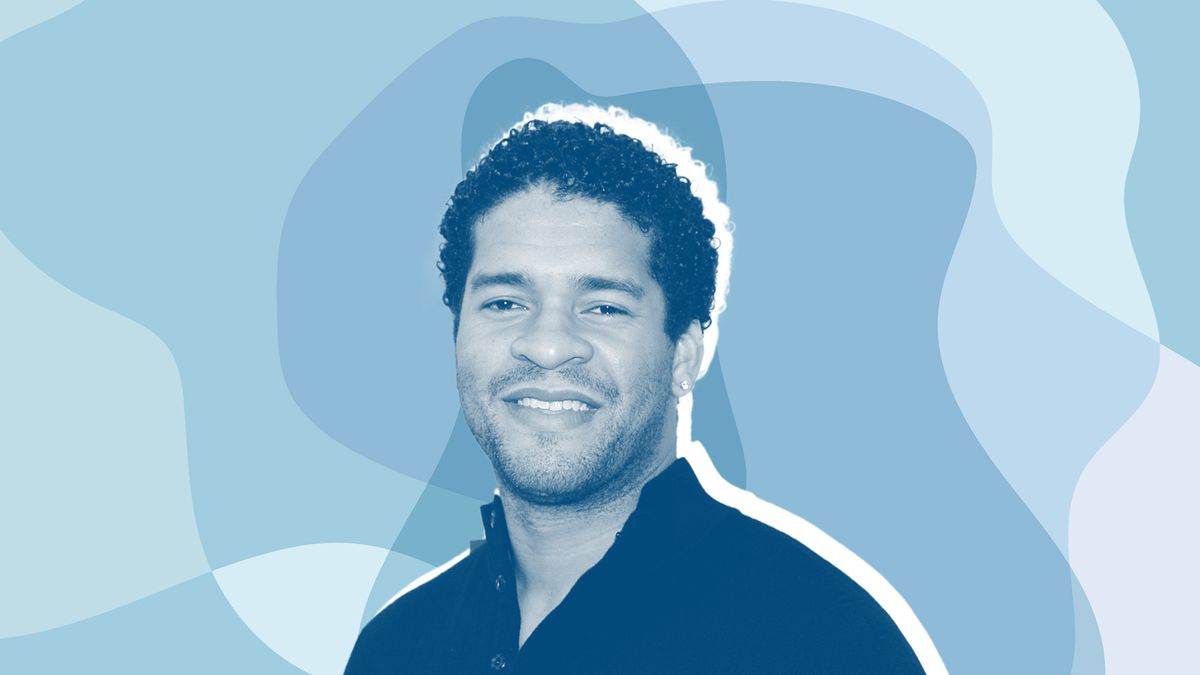Actor Bert Belasco, best known for his role as Charles Whitmore on BET's Let's Stay Together, died in November at the age of 38. His father, Bert Sr., told TMZ that his son's body was found in a hotel room in Richmond, Virginia, where he was quarantined ahead of a new movie role.
At the time, Bert Sr. said he believed the cause of death was a fatal aneurysm, and a coroner confirmed on Tuesday that Berlasco died of "hypertensive and atherosclerotic cardiovascular disease." His family told TMZ that the coroner said it was an aortic aneurysm, which is a bulge in the artery that carries blood from the heart through the chest and torso.
"The aorta is a major artery that carries the blood upstream to the brain or downstream to the rest of the body," Florida-based cardiologist Leonard Pianko, MD, tells Health. "An aortic aneurysm is an abnormal weakening of the aortic wall that causes it to balloon out and is seen as a bulge on a chest X-ray." A thoracic aortic aneurysm occurs in the chest, but an abdominal aortic aneurysm is more common—this happens below the chest. (It's not known which kind of aortic aneurysm caused Belasco's death.)
RELATED: Dr. Dre Reportedly Suffered a Brain Aneurysm—Here's What That Is
Aortic aneurysm: what causes this?
An aortic aneurysm has many possible causes, according to Dr. Pianko, including hypertension, rheumatic fever, atherosclerosis (hardened arteries), diabetes, or rheumatological or connective tissue conditions like Marfan syndrome, a genetic connective tissue disorder. There are also idiopathic causes (in other words, the cause is unknown). Some cases may be congenital, meaning the person is born with the aneurysm.
The CDC reports that in 2018, about 58% of the 9,923 US deaths due to aortic aneurysm or aortic dissection (when the artery layers separate rather than rupture) happen among men, and a history of smoking was found in about 75% of all abdominal aortic aneurysm cases.
Aortic aneurysm symptoms
The challenge with an aortic aneurysm is that it often grows slowly with no symptoms, making it difficult to detect. "Typically, the aneurysm is found incidentally on a routine unrelated medical test such as an MRI, CT scan, chest X-ray, or echocardiogram," Dr. Pianko says.
However, if the aneurysm ruptures or dissects, the person will experience severe chest pain. Other symptoms of a burst or dissected aneurysm include clammy skin, dizziness, nausea, vomiting, rapid heart rate, and shock, according to the American Heart Association.
RELATED: Actress Tanya Roberts Died of a UTI—How Can That Happen?
How an aortic aneurysm is treated
A ruptured aneurysm is a health emergency requiring immediate medical attention.
If the aneurysm is detected before it bursts, the first step is to treat the underlying cause, such as high blood pressure, high cholesterol, or abnormal blood sugar levels. "The main focus is to keep your blood pressure levels low to avoid a rupture or expansion of the aorta," Dr. Pianko explains. It's also important to monitor the size of the aneurysm by performing an echocardiogram, CT scan angiogram, or magnetic resonance angiogram (MRA).
"Most aneurysms grow slowly at a rate of about 3mm (1/8th inch) per year, but larger aneurysms can grow more quickly," Dr. Pianko says. If the aneurysm is more than 5 cm, or is growing rapidly, elective surgery may be recommended to repair or replace the affected section of the aorta. In some cases, the artery wall may be reinforced with a stent. If the aneurysm has ballooned out the side of the blood vessel, a coiling procedure may be carried out to seal the area.
RELATED: The Silent Killer That Took My Dad's Life, My Aunt's Life, and May Someday Take My Own
How does a person die of an aortic aneurysm?
In most causes, the aneurysm is fatal when it ruptures or dissects. "This causes your blood pressure to plummet, followed by massive internal bleeding," Dr. Pianko explains. "This is usually fatal unless you have emergency surgery." He notes that Black people have a higher incidence of heart disease and risk factors that can lead to an aneurysm, but any person of any racial or ethnic background or gender is potentially at risk.
To get our top stories delivered to your inbox, sign up for the Healthy Living newsletter
